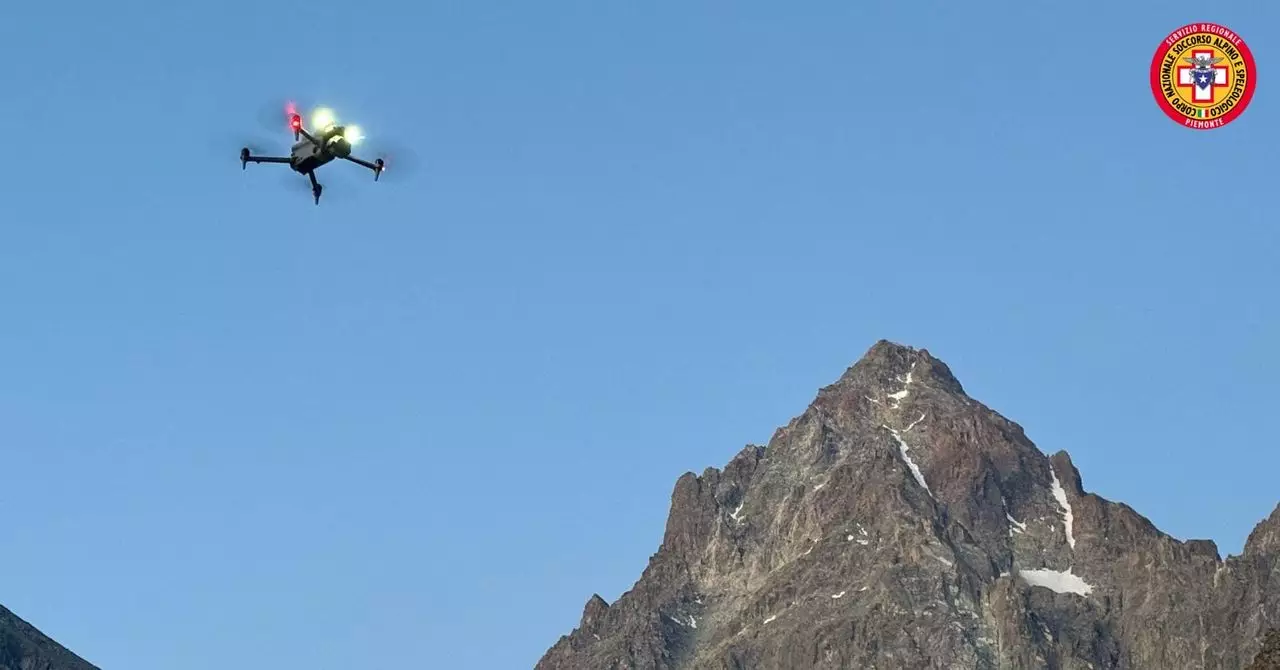Imagine trying to locate a missing hiker’s helmet amid an expansive and treacherous mountain landscape. Traditionally, this task could drag on for weeks or even months, with rescue teams meticulously combing through vast terrains, often relying solely on human eyesight and exhaustive manual analysis. The advent of artificial intelligence (AI) has upended this traditional paradigm, dramatically accelerating the process from days into mere hours. This leap isn’t just a technological upgrade; it signifies a fundamental shift in how rescue operations are conducted, with AI now acting as a critical and highly reliable ally.
The recent rescue mission on Italy’s Monviso massif exemplifies this transformation vividly. When a 64-year-old doctor went missing, authorities turned to AI-powered drone analysis instead of conventional search methods. The results were staggering: what would have historically been a prolonged, laborious effort was completed in under three days, culminating in the discovery of the hiker’s remains perched hundreds of meters above treacherous glaciers. Such efficiency underscores the immense value AI brings to dangerous, high-stakes environments, where every minute can mean the difference between recovery and tragedy.
How AI Outperforms Human Vision in Complex Terrain
The key lies in the unique capacity of AI to process and interpret complex visual data rapidly and with remarkable precision. In the Monviso operation, over 2,600 frames captured from drone footage served as raw input. Human operators, without technological assistance, would need an enormous amount of time—potentially weeks or months—and would still risk missing subtle details hidden within clusters of rocks, snow, and ice.
By contrast, AI software scanned these images to detect anomalies based on color differences, pixel variations, and shape recognition—not just relying on human pattern recognition, which can be hindered by fatigue, weather conditions, or unfamiliar terrain. In this case, AI identified distinctive pixel clusters indicative of a helmet, a small but critical clue in a landscape so vast and visually cluttered that the naked eye might overlook it altogether. The software’s ability to highlight “suspicious spots” not only streamlines the search but also improves accuracy, ensuring that no critical detail escapes notice.
This shift from manual to machine-driven analysis is more than just speed—it represents a transformative leap in operational insight. AI systems can analyze images instantaneously, prioritize potential finds based on predefined criteria, and allow rescuers to focus on verification and physical retrieval rather than tedious initial scans. This technological edge drastically reduces human error, accelerates decision-making, and ultimately saves lives.
The Human-Technology Symbiosis in Mountain Rescues
Of course, AI is not infallible or autonomous in isolation. The success of the Monviso operation highlights an essential truth: technological innovation amplifies human expertise, not replaces it. The drones involved in the search were piloted by experienced operators, working hand-in-hand with mountain rescue experts who interpret AI signals within the context of terrain knowledge and real-time conditions.
While AI software provided rapid detection of a potential helmet, physical confirmation required skillful maneuvering of drones in rapidly changing weather conditions—fog, wind, and altitude challenged their capabilities. The rescue team’s knowledge of the mountain’s geography and weather patterns was crucial in translating AI’s pixel detection into tangible, actionable intelligence. Once the suspicious spot was identified, a coordinated effort involving a helicopter and ground teams ensured the recovery was handled with utmost precision.
Furthermore, integrating AI with existing rescue protocols demonstrates the importance of a comprehensive, multidisciplinary approach. It’s not merely about possession of advanced tools but about leveraging them effectively in tandem with seasoned human judgment. The success in Italy’s Monviso rescue underscores that the zenith of technological progress is achieved when human skill and artificial intelligence work as a synergistic team.
The Future of Mountain Rescue and Beyond
This case study exemplifies a paradigm where AI-driven analysis does more than expedite search efforts—it fundamentally elevates their effectiveness. As drone technology, image recognition, and machine learning evolve, the scope of automated search-and-rescue missions will expand dramatically. Expect faster identifications, fewer missed clues, and safer operations even in the most hostile, inaccessible environments.
Moreover, the successful application of AI in such challenging contexts advocates for broader adoption across various domains—from disaster recovery and environmental monitoring to security and scientific exploration. If harnessed wisely, artificial intelligence promises to be a game-changer in ensuring human safety and advancing our capability to respond swiftly and accurately in crisis situations.
However, it’s important to acknowledge that reliance on AI introduces new challenges—technical, ethical, and operational—that require careful oversight. Overconfidence in automated systems could risk overlooking nuanced human judgment or the importance of contextual understanding. Therefore, the future of rescue missions depends not only on technological progress but also on training, regulation, and ensuring the human element remains central.
AI is rewriting the playbook of mountain rescue, transforming what once was slow and uncertain into swift and precise operations. The Italian Monviso case is not merely a success story; it is a stark reminder that in the relentless pursuit of saving lives, the fusion of human ingenuity and machine intelligence is our greatest asset.

